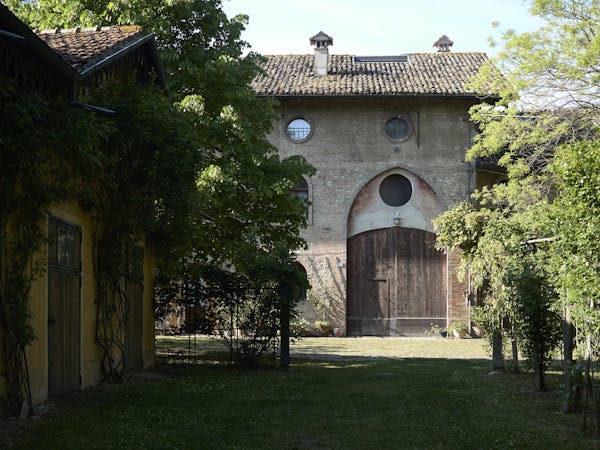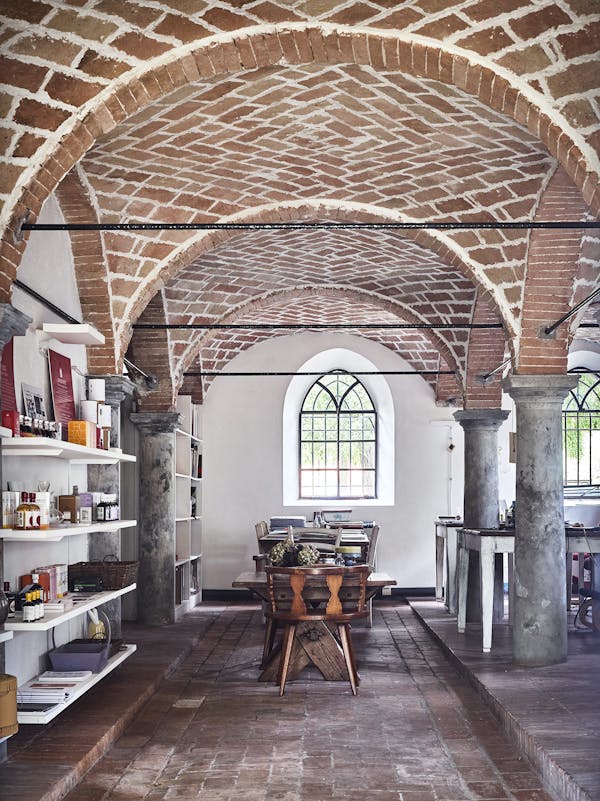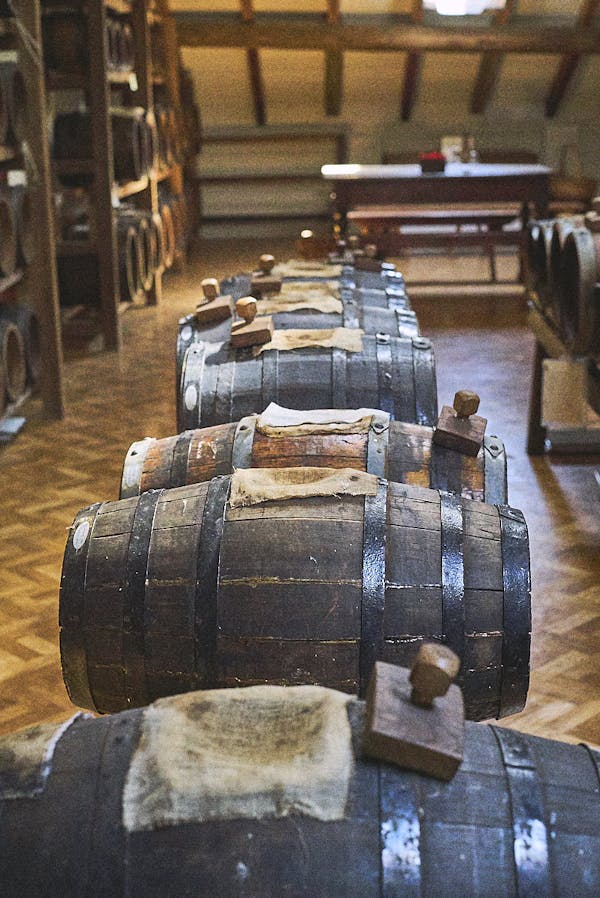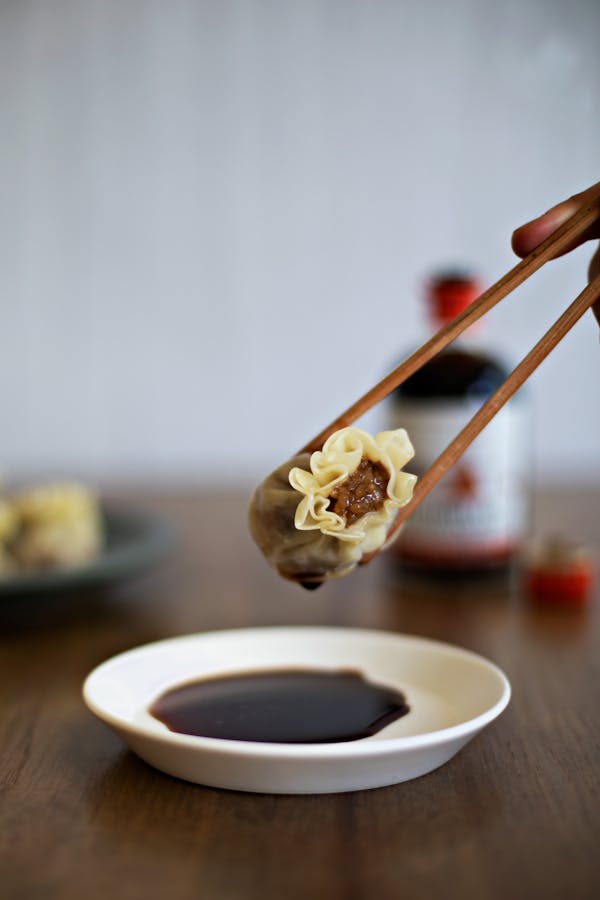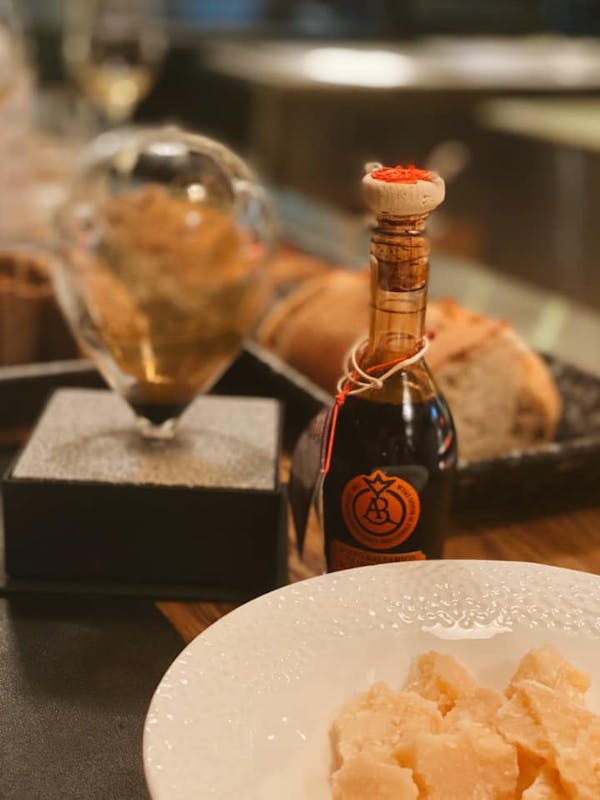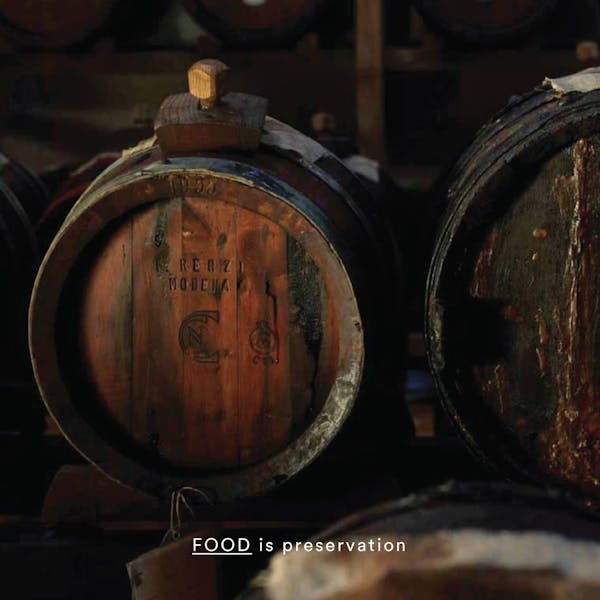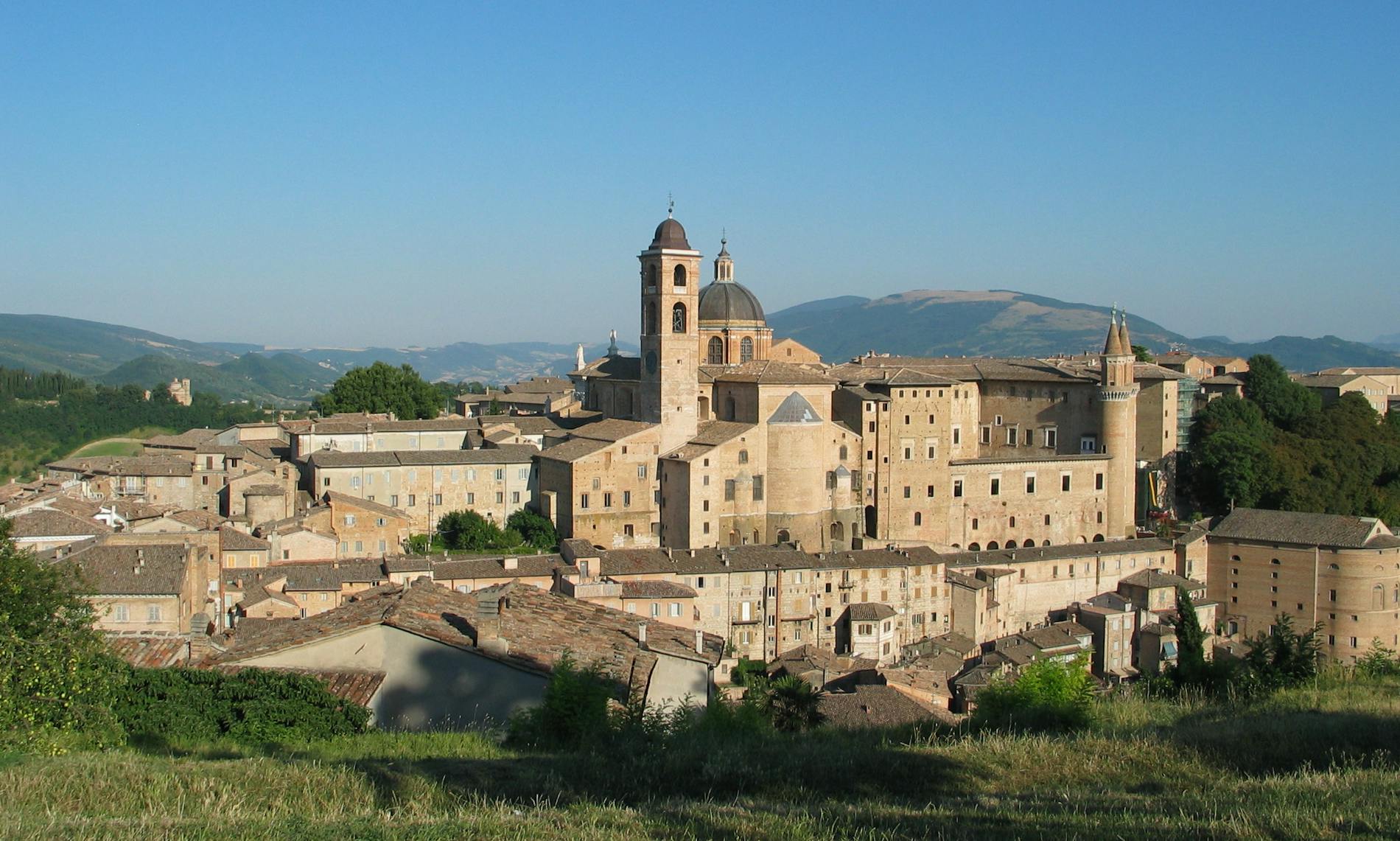
Emilia Romagna
Overview
Emilia-Romagna offers glorious countryside, plenty of historic architecture and local cuisine renowned across the rest of Italy. The region is crossed by The Via Emilia: a dead-straight road laid down by the Romans in 187 BC that splits the province in two along its east-west axis, dividing the Apennine mountains in the south from the flat fields of the northern plain, the Pianura Padana.
Emilia-Romagna has a just reputation for producing the richest, most lavish food in Italy, with its famous specialities of Parmesan cheese (parmigiano-reggiano), egg pasta, Parma ham (generically known as prosciutto di Parma) and balsamic vinegar.
- Emilia Romagna is Bologna
Bologna is regarded as the gastronomic capital of Italy, and Emilia is the only true home of pasta in the North: often lovingly hand-made, the dough is formed into lasagne, tortellini stuffed with ri- cotta cheese and spinach, pumpkin or pork, and other fresh pastas served with ragù (meat sauce), cream sauces or simply with butter and Parmesan – alla parmigiana usually denotes something cooked with Parmesan.
- Emilia Romagna is traditional balsamic vinegar
Despite its current foodie connotations, balsamic vinegar started off as a cottage industry, with many Emilian families distilling and then redistilling local wine to form a dark liquor that is then matured in wooden barrels for at least twelve years. This art came about mostly in family attics, the hot top of the house. Here, a gradual fermentation takes place while the liquid reduces over a period of years. The result? Preserve centuries-old traditions while preserving as much of the sugars in the cooked must as possible.
- Emilia Romagna is Parma ham
The production of Prosciutto di Parma (from the Latin perexsuctum, meaning dried) do not involve the use of preservatives or additives, and the result is a tasty, all-natural food. In addition to the quality of raw material, other ingredients needed to achieve this unique PDO product is the ability of ‘Salt Masters’ and the fragrant, dry air of Parma hills, the typical production area.

Regional wines are, like the landscapes and people, quite distinct. Emilia is synonymous with Lambrusco, but not only: other wines to try, both whites, are Trebbianino Val Trebbia and Monterosso Val D’Arda, while the lively Malvasia (also white) from the Colli di Parma goes well with the celebrated local ham.
Partner
We try to describe the essence of Italy one experience at a time. Experiences that represent daily rituals of nourishment. Nourishment in its broadest sense. Emotional and spiritual, aesthetic and visual, tactile and olfactory. Nourishing experiences that can be “satisfying” in a nearly religious way.


